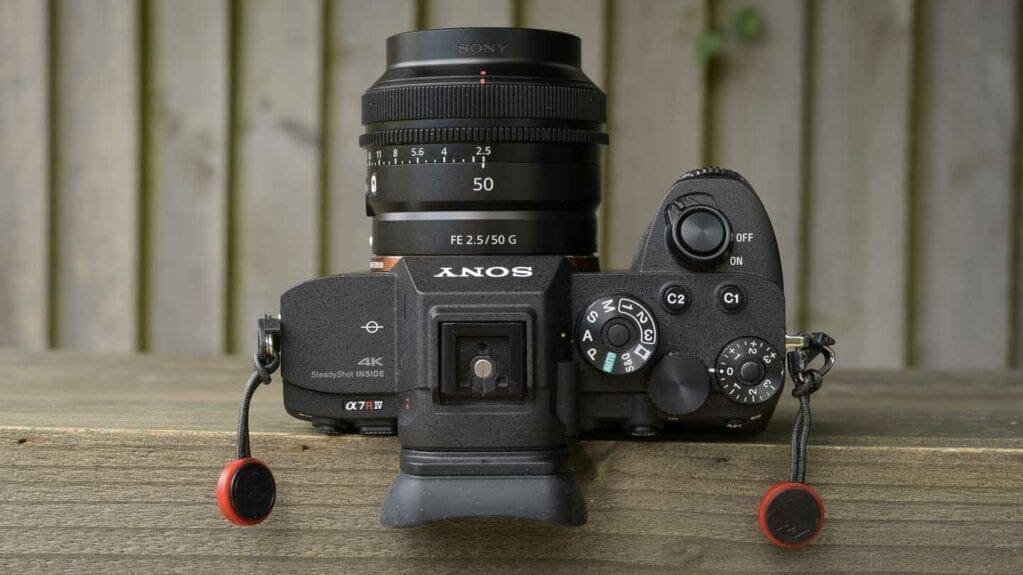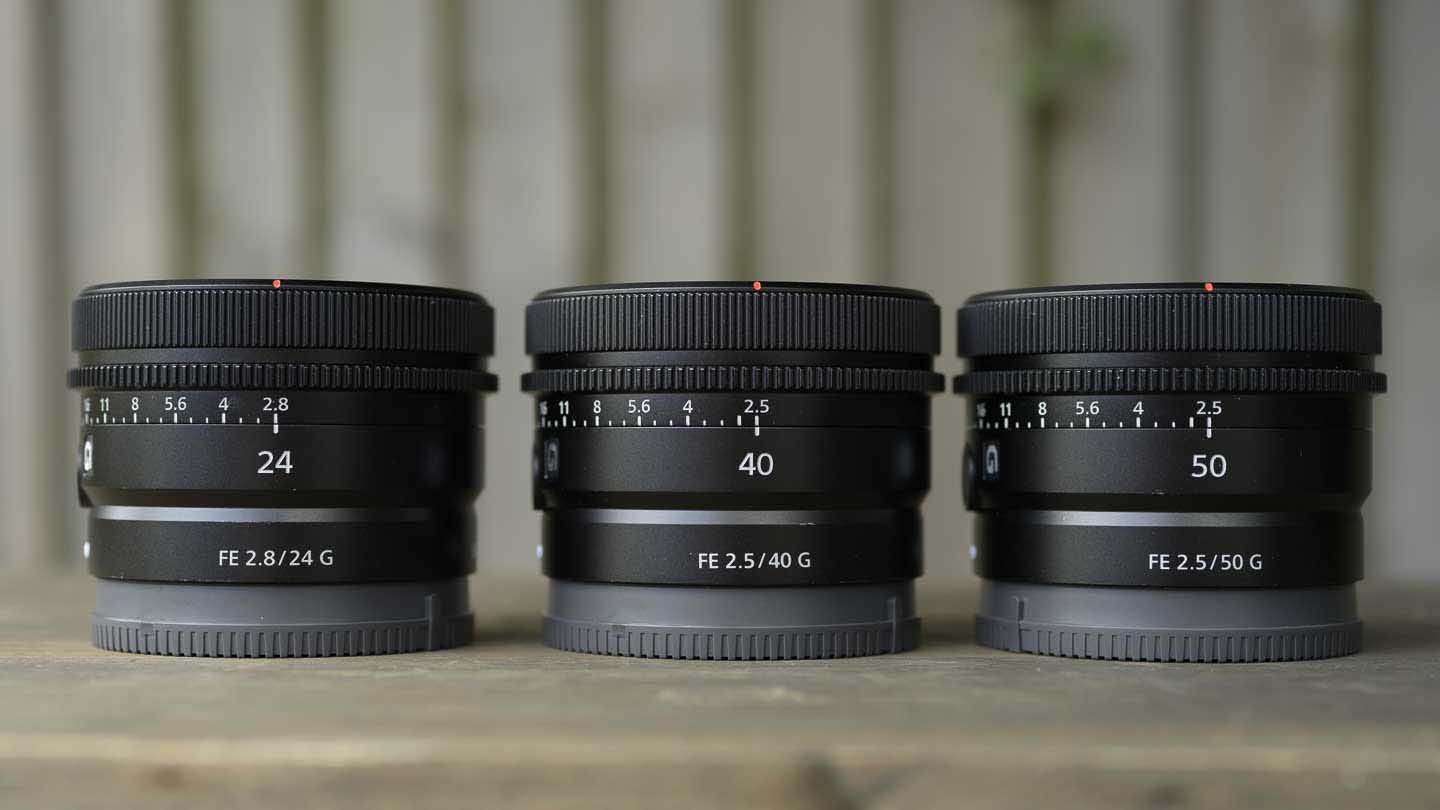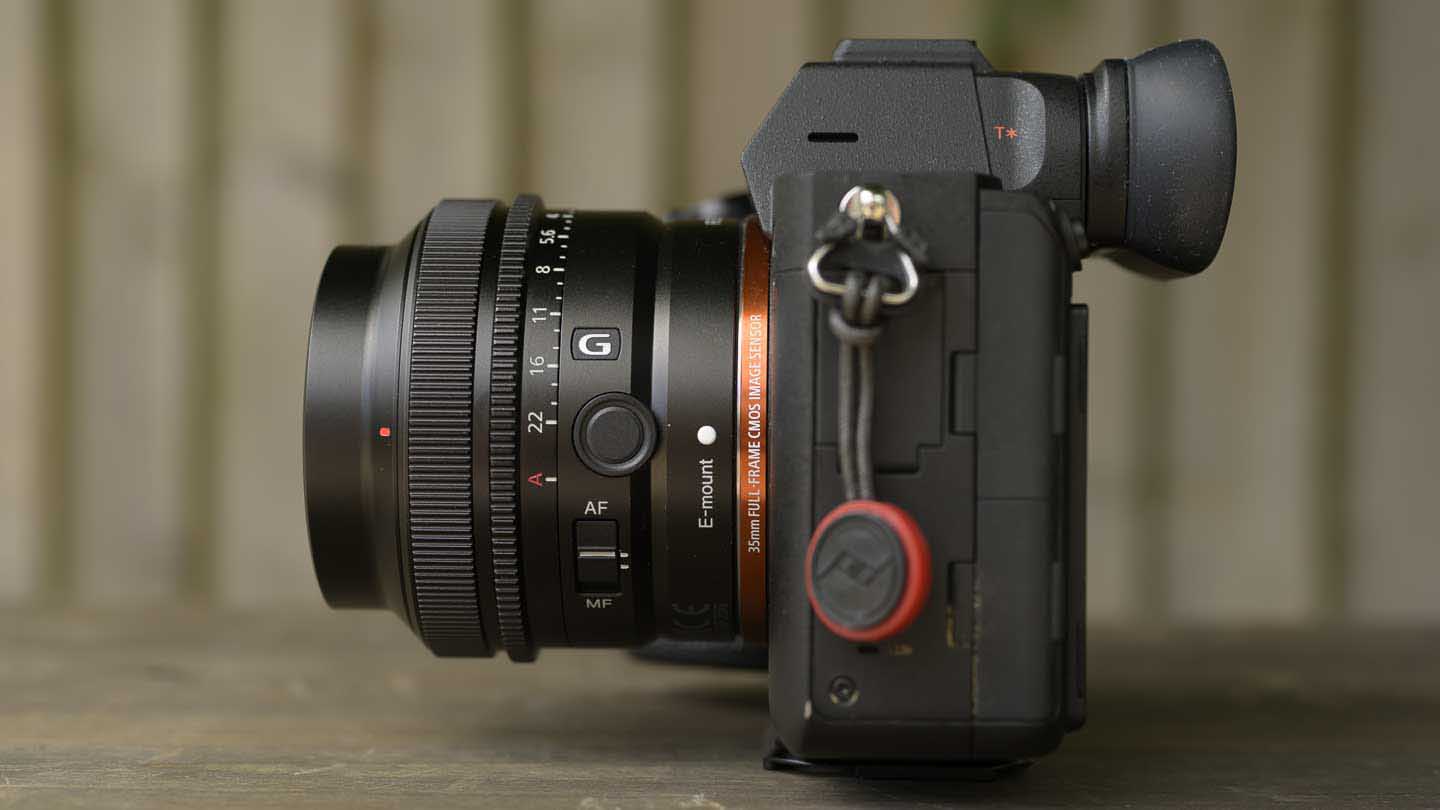I tested the Sony FE 50mm f/2.5 G on the 61Mp Sony A7R IV and it proved to be a good match for such a high resolution camera. There’s excellent sharpness across the frame, even when the lens is wide open, but the corners are sharpest when the aperture is closed down to at least f/4.
I’d happily use any of the FE 50mm f/2.5 G’s aperture settings but if you look carefully you’ll see slight softening as a result of diffraction when images are captured at f/16 and f/22.
There’s subtle vignetting visible at the widest aperture settings when the in-camera or post-capture profiles aren’t applied, but again, closing to f/4 (or using the profiles) addresses it.
Distortion isn’t an issue with the FE 50mm F2.5 G. If you photograph a subject with lots of straight lines and then turn the correction profiles on and off during raw file processing, you may see a slight change the lines which indicates there is in fact some barrel distortion but it’s not noticeable in images.
The bokeh, a term referring to the quality of out of focus areas, generally looks nice and smooth in images captured with the Sony FE 50mm F2.5 G. Central small highlights are also round, but they become cat’s eye or lemon-shaped towards the edges of the frame. I also noticed some chromatic aberration around the edges of some bokeh balls, but it’s not especially problematic.
If you remove the supplied lens hood and angle the front element of the lens so that sunlight skips across it, but can force some flare to be visible, but with the lens hood in place, there’s no need to worry.
When mounted on the Sony A7R IV, the FE 50mm F/2.5 G focuses very quickly and silently. Other than to test the manual focusing, I had to need to use manual focusing as the camera and lens always delivered a perfectly sharp result when the autofocus system was in action. However, there are times when it’s useful to focus manually and it could be used to get the 4cm closer focusing.
There is a little focus breathing, but I only noticed it when making significant adjustments to the focus distance, it’s not an issue with minor changes.
I was only able to find a few limited examples of chromatic aberration, it’s clear the lens keeps it under good control.






